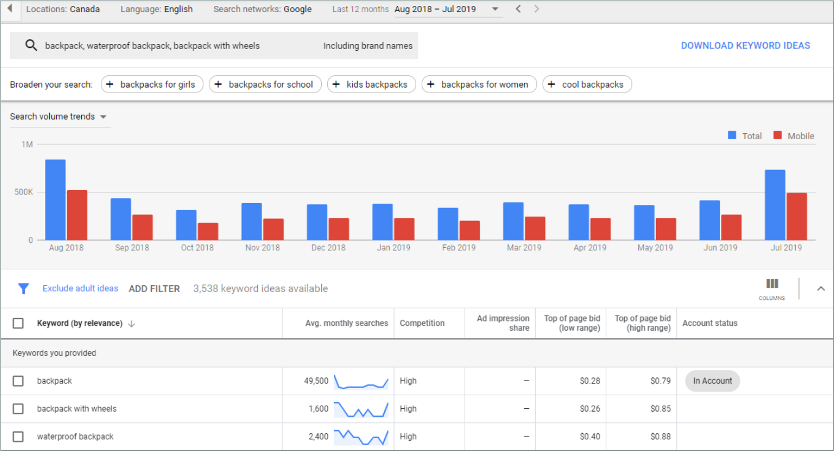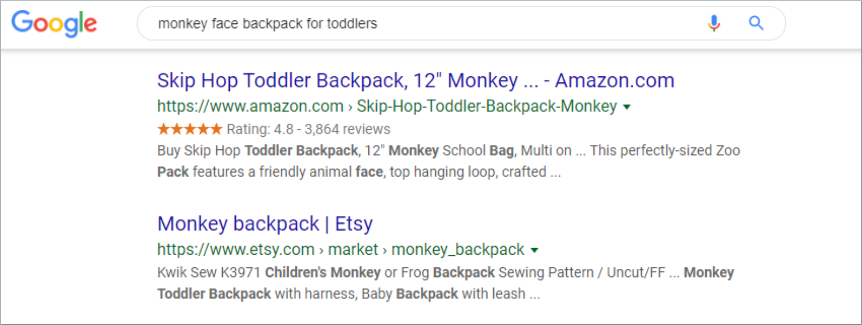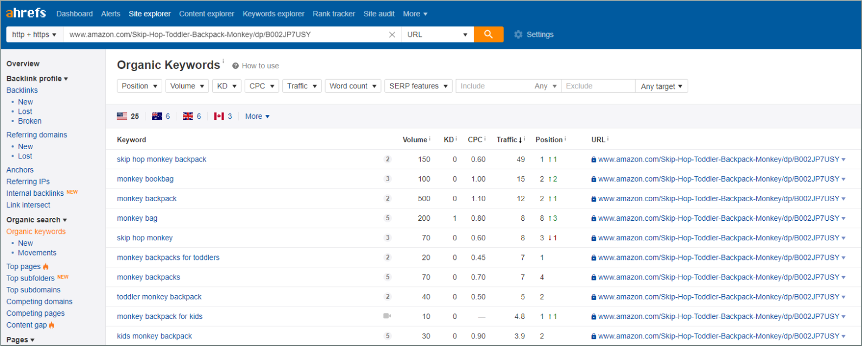You’ve established your brand, your products have hit the market, and your ecommerce website is up and running. But how do you promote your online business in a way that can generate traffic and quality leads?
You might have already invested some money on social media channels like Facebook or Instagram—or perhaps you also went ahead and spent an even bigger chunk of change on paid ads. But after a short cycle of paid campaigns, are you truly satisfied with the results? And is it sustainable to retain that traffic growth in the long run?
Applying SEO strategies to your ecommerce website can help improve your site’s ranking and drive traffic and sales long-term—without costing you a penny. Here are four effective tactics to implement on your ecommerce site, recommended by our very own SEO experts.
1. Product-based keyword research
The first thing you want to do is map out all of the products and categories on your ecommerce website, along with a list of intentions that your potential buyers would have. For example, if you are an ecommerce site that sells baby monitors, your target audience may want to know the price, safety, or sound quality of your monitors. This will give you an idea of the keywords you want to rank for, so you can dive into your research from there. Here are three tools we recommend using:
-
Google Keyword Planner

Google Keyword Planner is the quintessential keyword research tool. It shows you keyword ideas, average monthly search volumes, and keyword volume by locations, trends, and devices.
-
Amazon
Amazon is one of the largest ecommerce search engines in the world. With 54% of product searches now taking place on Amazon, it’s important to start searching on Amazon using seed keywords—foundational keywords that define your offering (e.g.,“GoPro accessories” for an online store that sells GoPro accessories). This will help you find relevant keywords that other users may have searched for.

-
Ahrefs
Ahrefs is a tool that provides plenty of valuable insights on your site’s performance—and that of your competitors. One such insight is what keywords your competitors are ranking well for. For example, if you want to rank for “monkey face backpack for toddlers”, you’ll want to find out who are the top competitors ranking for this keyword on SERPs.

In this example, Skip Hop Toddler Backpack, 12″ Monkey School Bag is ranking at the top. Using the “Organic Keyword” feature on Ahrefs, you can see all the other organic keywords that this page is currently ranking for, which you can integrate into your keyword research.

2. On-page optimizations for product and category pages
On-page SEO is an essential tactic for optimizing individual web pages to rank higher on Google search results pages and earn more traffic and high-quality leads. The fundamental elements of on-page SEO that should be optimized for an ecommerce website include:
- Title tags
- URL structure
- Meta description
- H1
- Image alt tags
Each of these elements will closely rely on your previous keyword research, so you’ll want to make sure you’ve done a good job on that part first. Since you’re optimizing product pages and categories for an ecommerce site, it’s wise to have your product names and descriptions optimized with the right keywords targeted. However, it’s critical to avoid any duplication of names in products, categories, or facets (search filters) on your site, so that they won’t confuse Google and compete with each other for page ranking.
Even though Google has said that meta descriptions are not a ranking factor, it is extremely beneficial for an ecommerce website to write a keyword-optimized description with a CTA that entices users to click on your page. Here’s a good example of a keyword-optimized meta description with enticing CTAs:

3. Schema markup for product pages
Schema markup will feature your web page with rich snippets that contain extra information in the search results. Studies show that product pages with rich snippets can increase CTR by 677% and drive 20-40% more traffic than pages without them. Here’s an example of an ecommerce company featuring one of its backpacks in the SERPs with markup types such as price, ratings, and breadcrumbs.

There are hundreds of types, properties, and enumeration values in schemas. For ecommerce in particular, you’ll want to look for markup opportunities in: product, product availability, price, reviews and ratings, and video.
4. SEO content
Content and SEO are tightly intertwined—they can’t be separated because one of the most important ranking factors is content relevancy. In short, both are needed for your website to rank well in SERPs. When it comes to crafting content on ecommerce websites, besides completing thorough keyword research, it’s critical to write and structure quality copy that’s functional, educational, and relevant to the page at hand. Avoid being entirely product-focused; instead, you want to build trust and loyalty by providing readers (potential buyers) with a positive user experience. If your products are not from origin, you also want to avoid copying the same product descriptions used on the manufacturer’s site; otherwise, Google will always rank the original creator. Always create unique content to avoid duplication.
Ready to implement these SEO strategies on your ecommerce site? Contact DAC today!




